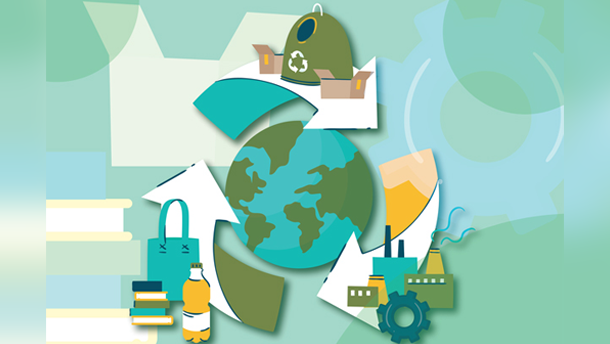
The transition to a circular economy marks a pivotal moment for Indian businesses, offering more than just economic benefits. By transcending profit-driven models and adopting sustainable practices, companies can forge resilience, drive innovation, enhance customer value and generate enduring value for society and the environment alike.
Log In or become an AIMA member to read more articles
